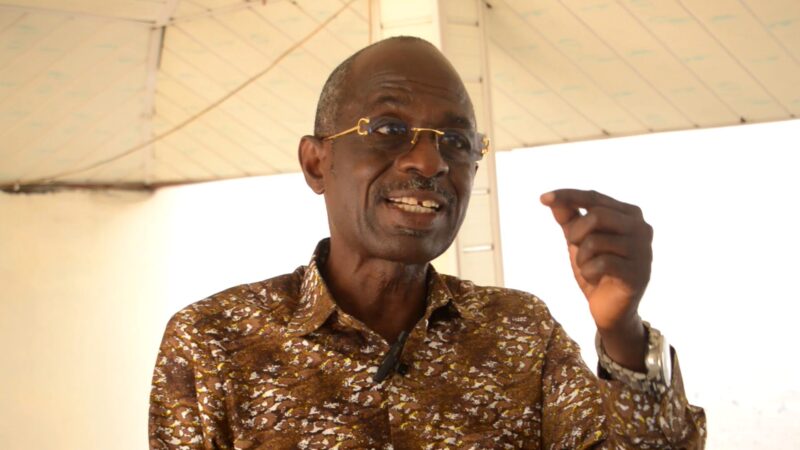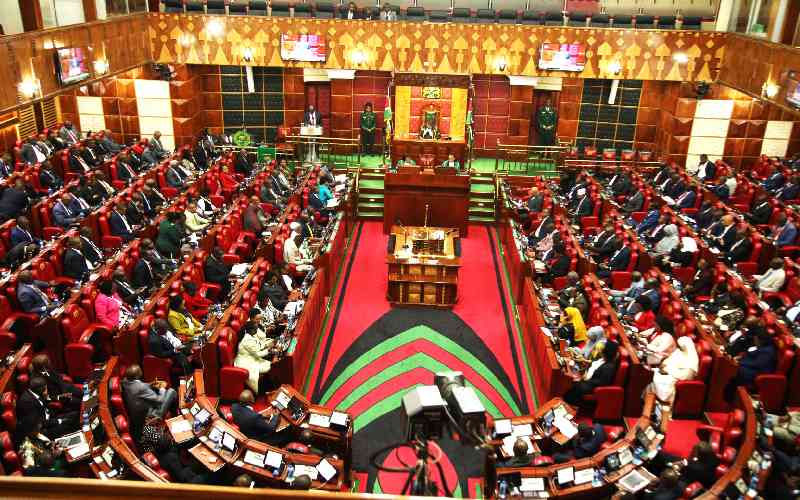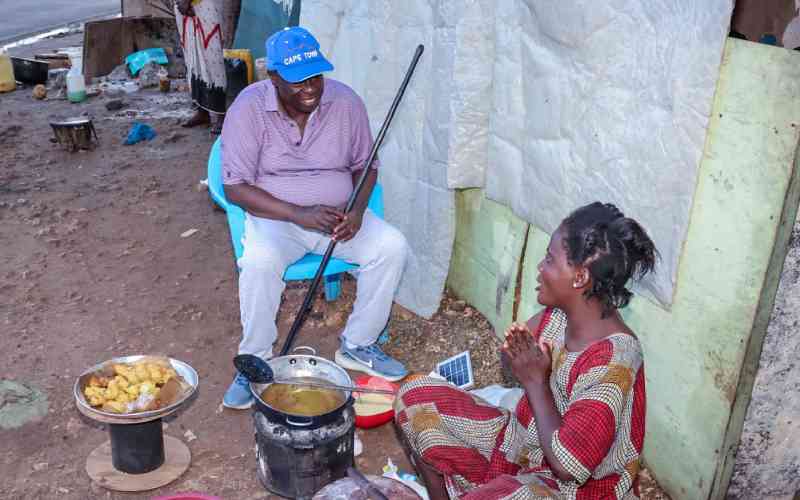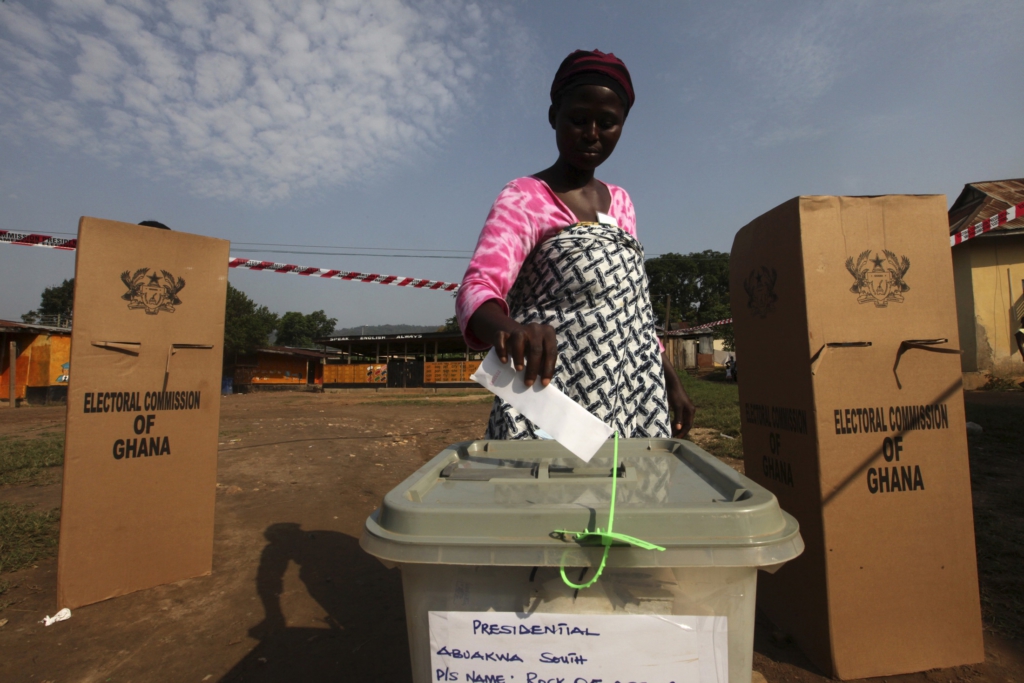- Indonesia eyes hefty tariffs on China as businesses decry cheap imports
- Chinese stocks drop over 3% this week as investors await key policy briefing; most Asia-Pacific markets fall
- Dollar bulls suffer setback as traders add to Fed cut bets
- Oil eases though investors wary over potential Mideast supply disruption
- Gold drifts higher after data supports U.S. rate-cut bets
What do you believe is the single most important factor driving up the cost of living in Nigeria?
Russia's war-orientated economy and plans for unprecedented military spending risk deepening major imbalances within the government's finances, analysts say. The Russian government, under Prime Minister Mikhail Mishustin, approved a draft 2025-2027 budget last week that envisaged defense spending rising sharply to 13.5 trillion roubles ($145 billion) in 2025, up 25% from the 2024 level and amounting to 6.3% of gross domestic product (GDP), according to the draft document translated by Reuters. Since launching a full-scale invasion of Ukraine in 2022, Russia has transformed its domestic economy, putting it on a war footing as it looks to vastly increase military production and circumvent international sanctions largely preventing it from sourcing military equipment, components and arms elsewhere. Russia's military-industrial complex, feeding an insatiable war machine, has expanded significantly since the war began, as a result. Signalling its commitment to prosecuting the war in Ukraine, combined spending on both national defense and security will account for around 40% of Russia's total government spending in 2025, the draft budget suggested. Notably, defense spending will exceed twice the amount allocated for social needs such as pensions, Reuters noted.
As such, analysts say the latest spending plans signal an ambitious and aggressive Russia determined to continue the war on Ukraine but also carry risks back home, for Russia's economy and people seeing their living standards fall while consumer prices remain stubbornly high. "Intentions to maintain military spending at similar levels until 2027 send a signal that the country has sufficient financial resources and political will to continue expanding and reconstituting the country’s armed forces, in contrast to an increasingly uncertain outlook on the Ukrainian and Western sides," Andrius Tursa, Central and Eastern Europe advisor at consultancy Teneo, said in a note Wednesday. "[But] despite confident political rhetoric and optimistic projections, further militarization of the economy backed by expansive state spending might be difficult to sustain in the medium-to-long term," he noted. The economy is already operating at full capacity, Tursa said, and Russia could easily face sustained inflationary pressures in 2025 with labor shortages — given ongoing military recruitment and departures of migrant workers — rising government spending and various tax increases, such as on housing and utility tariffs.
Dissatisfaction over living standards 'could erupt'
Russia's annualized inflation rate currently stands at 9.1% and the country's central bank said last month that it expects "underlying inflationary pressures [to] remain high overall" as it hiked its key interest rate by 100 basis points to 19%. Liam Peach, senior emerging markets economist at Capital Economics, expects Russia's budget plans to do nothing to quell demand-supply imbalances, leading to further price pressures. "While personal income and corporate tax hikes will help to fund some of this [2025 draft budget], the overall fiscal stance looks set to remain far too loose. Alongside binding supply-side constraints this will keep inflation strong and with sovereign bond yields at their highest levels in decades the government's debt servicing costs will continue to rise," he said in an analysis published last week. Another interest rate hike by the central bank, to 20%, is looking more likely this month, Peach noted, adding: "The broader point, though, is that a prolonged period of high interest rates will remain the norm in Russia for as long as the government prioritises the war effort."
















